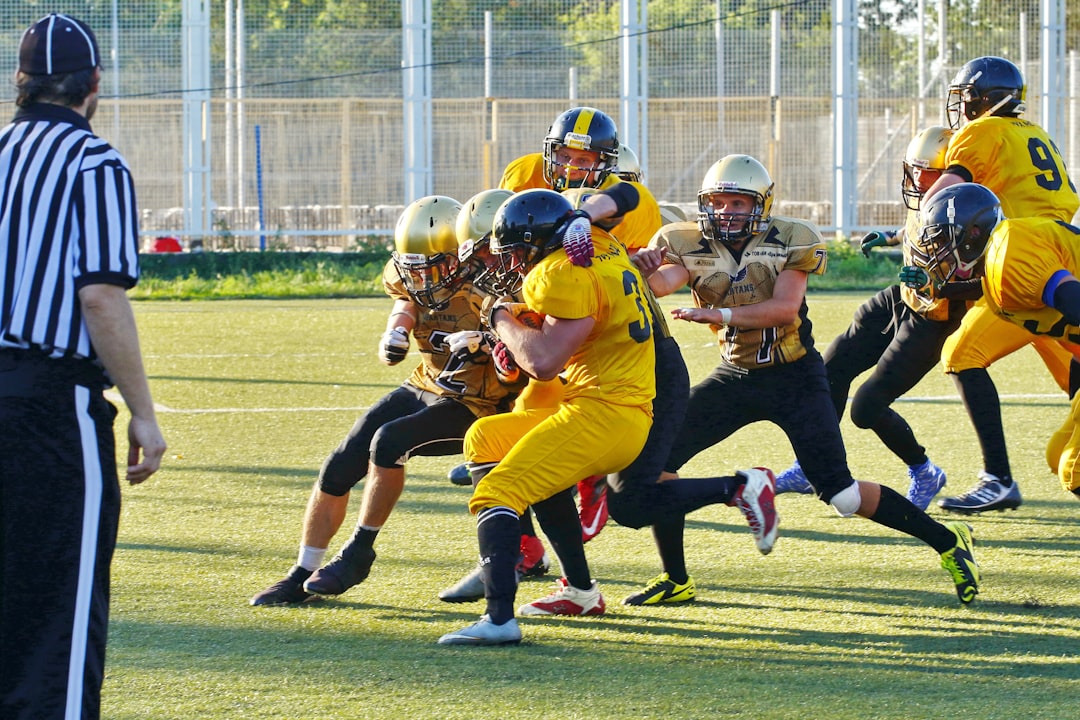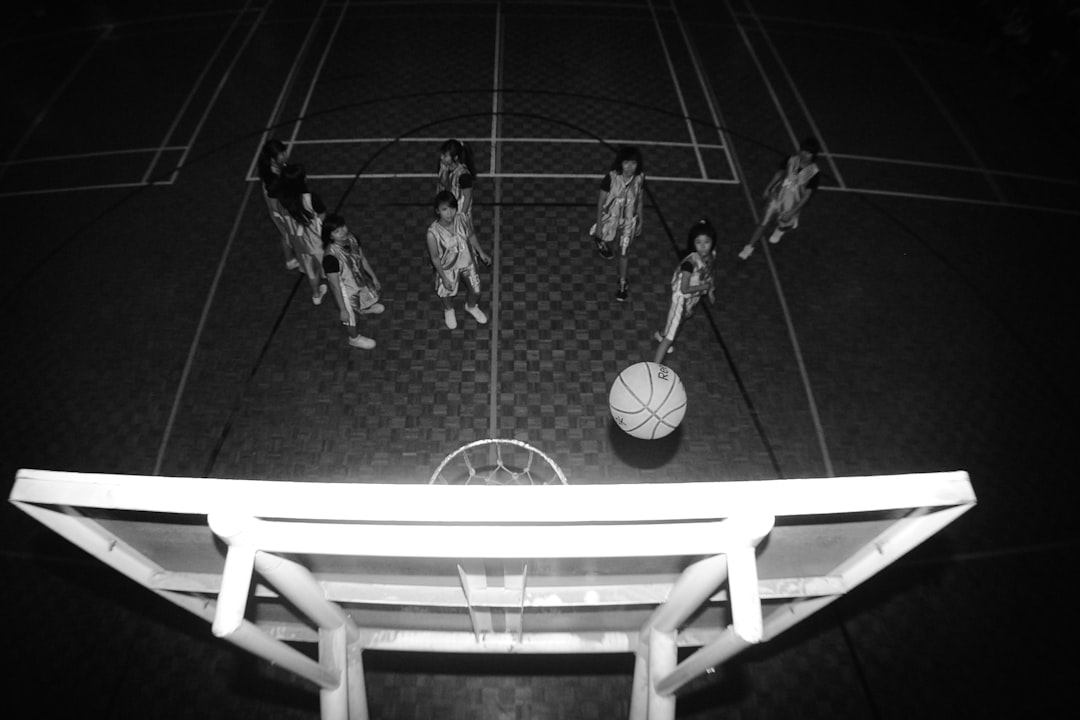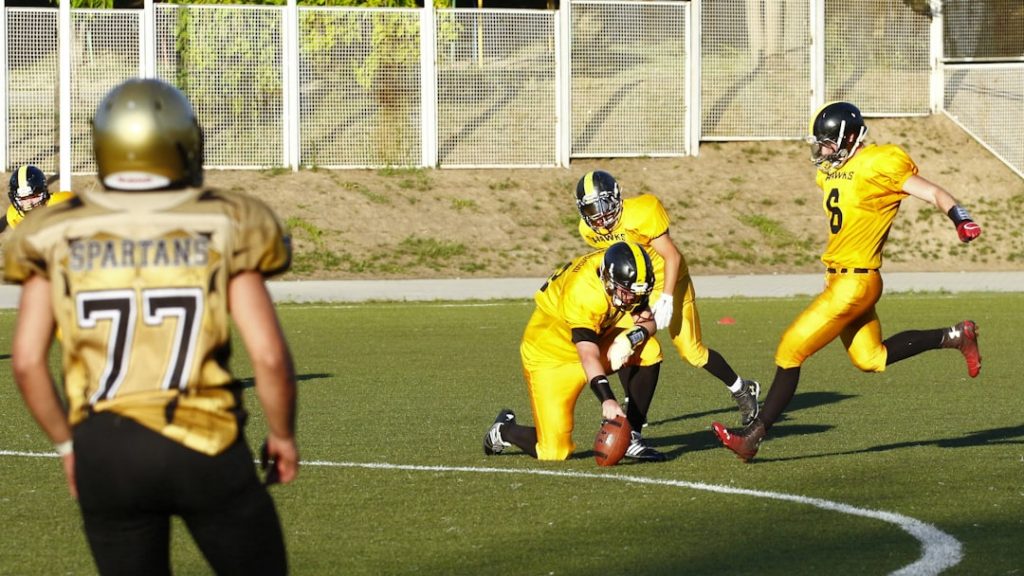In volleyball, there’s a lot of lingo and position names that might sound confusing at first. One term you may have heard of is DS. It’s not a game console or a video game — it’s a real position on the volleyball court!
TL;DR (Too Long, Didn’t Read)
DS stands for Defensive Specialist in volleyball. This player focuses mainly on defense, especially digging and passing in the back row. They don’t usually play the entire game but come in when strong defense is needed. Think of the DS as the secret weapon when things get tough in the back court!
So, What Does DS Actually Mean?
DS = Defensive Specialist. It’s a fancy way of saying the player is really good at defense. They’re not there to spike the ball or block at the net. Nope. They’re the ones diving, rolling, and popping the ball back up when it looks like a lost point.
The DS is a back-row player. That means they don’t play near the net. Their main jobs?:
- Digging: Getting to those hard-driven spikes before they hit the floor.
- Passing: Making accurate passes after a serve or attack so the setter can set the ball up perfectly.
- Serve Receive: Helping the team get a good start to the attack after the other team serves.
How Is a DS Different from a Libero?
Good question! They do seem kind of similar at first. Both play defense. Both are used mostly in the back row. And both need lightning-fast reactions.
But there are some big differences.
| DS (Defensive Specialist) | Libero |
|---|---|
| Wears the same jersey as teammates | Wears a different-colored jersey |
| Can rotate into the front row (but usually doesn’t) | Never allowed in the front row |
| Follows normal substitution rules | Uses special rotation rules and unlimited substitutions |
Basically, the libero is more restricted, but they get to come in and out more freely. The DS has fewer freedoms but follows normal sub rules like everyone else.
When Does a DS Get Subbed In?
Coaches usually send in a DS when they want stronger back-row defense. That might happen if a front-row player isn’t as good at passing or digging. The DS can sub in to help with serve receive and defense in those rotations.
This keeps errors low and rallies alive. Perfect for tight matches when every point counts.
Sometimes one DS might rotate in for multiple players, depending on the team’s strategy.

What Skills Make a Great DS?
A good DS needs more than just energy — though that helps too! Here’s what makes a great DS absolutely shine:
- Quick reflexes: Reaction time has to be super fast.
- Court awareness: Knowing where everyone is and where the ball is going.
- Consistent passing: A clean pass is the start of every strong attack.
- Great communication: Talking with teammates to avoid confusion.
- Fearless attitude: The DS is usually the one flying across the floor. No fear allowed!
Height? Doesn’t matter as much. Speed and coordination are the main things here.
Can I Be a DS if I’m Not Super Tall?
Absolutely! In fact, this is one of the best positions for players who may not be towering over the net. Shorter players often shine as DSs because they can move faster and lower.
The position gives everyone a chance to be a volleyball star — without worrying about blocking tall hitters.
What Number Is Worn by the DS?
There’s no special number for a DS. They wear regular team jerseys, just like all other players. Only the libero wears a differently colored shirt. But DSs still stand out because of their incredible saves!
How Do Substitutions Work for a DS?
Every team is allowed a certain number of substitutions per set. In high school and college volleyball, that’s usually 12 to 15 subs per set.
The DS uses those substitution slots just like any other player. So, coaches need to be smart about when to use them. If they run out of subs, they can’t bring the DS back in!
Where Does the DS Play on the Court?
The DS normally plays in the back row. That’s the area furthest from the net. When they’re on the court, they usually replace the front-row players in those back spots, especially positions 1, 5, or 6.

They can technically rotate into the front row — but coaches rarely do that. Their strength is in the back row, after all!
Why Is the DS Important?
You could say that a DS is like the secret glue of the team. Without good defense, you can’t win games. Plain and simple.
They help keep tough serves and attacks from scoring. They hustle, dive, and give the team a second chance on every play.
If you’re a DS, you might not always be the one spiking the ball or making the headlines, but you’ll be the reason your team wins those long, heart-pounding rallies.
Is DS Only in Indoor Volleyball?
Yup! The DS is specific to indoor volleyball. In beach volleyball, each team only has two players. You have to do it all out there — serve, spike, block, pass, and defend.
That’s why beach volleyball doesn’t have a DS or even a libero. Just two tough players covering everything!
Tips If You Want to Be a DS
Thinking of trying out for DS on your team? Awesome choice! Here are a few simple tips to get you started:
- Practice your passing every day. Accuracy is key.
- Work on your footwork. Quick feet = quicker reactions.
- Don’t be afraid to dive. Hit the floor and pop the ball back up!
- Study your opponents. Know who hits hard and where they like to attack.
- Encourage your team. Be the loudest (and most positive) voice out there.
Final Thoughts
The DS is one of the coolest and most important positions in volleyball. They might not be spiking or towering over the net, but they’re putting their heart into every dig and pass.
Next time you watch a match, keep your eye on the players diving in the back row. Chances are, that’s a DS — doing the dirty work and keeping the point alive!
Whether you’re a future DS or just a volleyball fan, now you know exactly what this powerful little position is all about.
